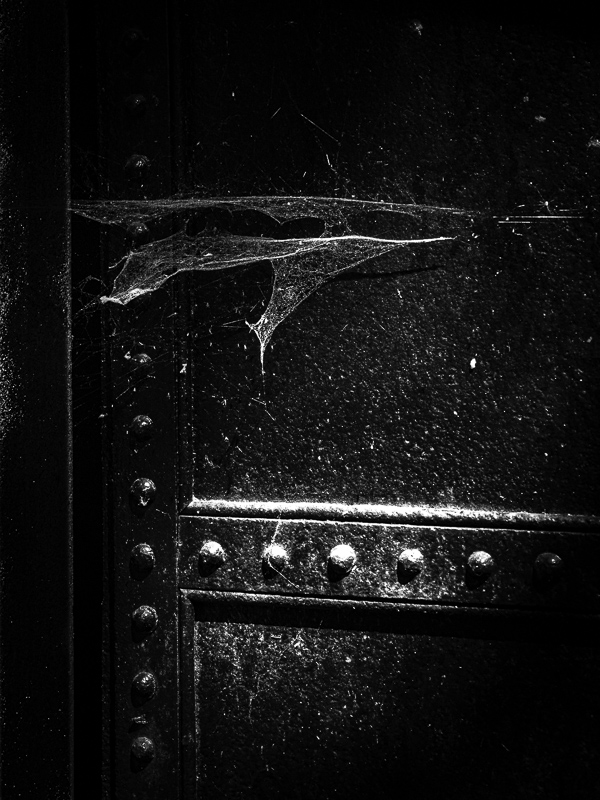Every Picture Is a Compromise
Lessons from the Also-rans
Most photography websites show the photographer's very best work. Wonderful. But that's not the full story of a creative life. If we want to learn, we'd better pay attention to the images that aren't "greatest hits" and see what lessons they have to offer. Every picture is a compromise — the sum of its parts, optical, technical, visual, emotional, and even cosmic – well, maybe not cosmic, but sometimes spiritual. Success on all fronts is rare. It's ok to learn from those that are not our best.
This is a series about my also-rans, some of which I've been able to improve at bit (i.e., "best effort"), none of which I would consider my best. With each there are lessons worth sharing, so I will.

Previous image | Next image |
Original digital capture

Get Closer Week
Any advice that is supposed to be universal is probably bad advice. That said, I think there are very few pictures that aren't improved by moving closer. This week's examples might help illustrate the wisdom of simply taking a step or two toward the subject, or at least zooming in a bit.
What I saw that I liked:
I've never seen a spider web I wasn't tempted to photograph.
What I don't like in the picture:
In the first attempt above, we see the context but it's very easy to completely miss the spider web.
What I learned:
Photography is as much about what we crop out as it is about what we leave in. If I wanted a picture of an old door, the above would be my choice. Instead, I wanted a picture of the spider web, in which case the one at left is much stronger. So-called "good pictures" and "bad pictures" are always relative to a specific goal. In that sense, every picture is both good and bad depending on what your intentions are.
2nd Chances: What I might try next
I might have pushed the version at left to excessive contrast. Need to live with this one for a while to see how it wears with me. |
|


